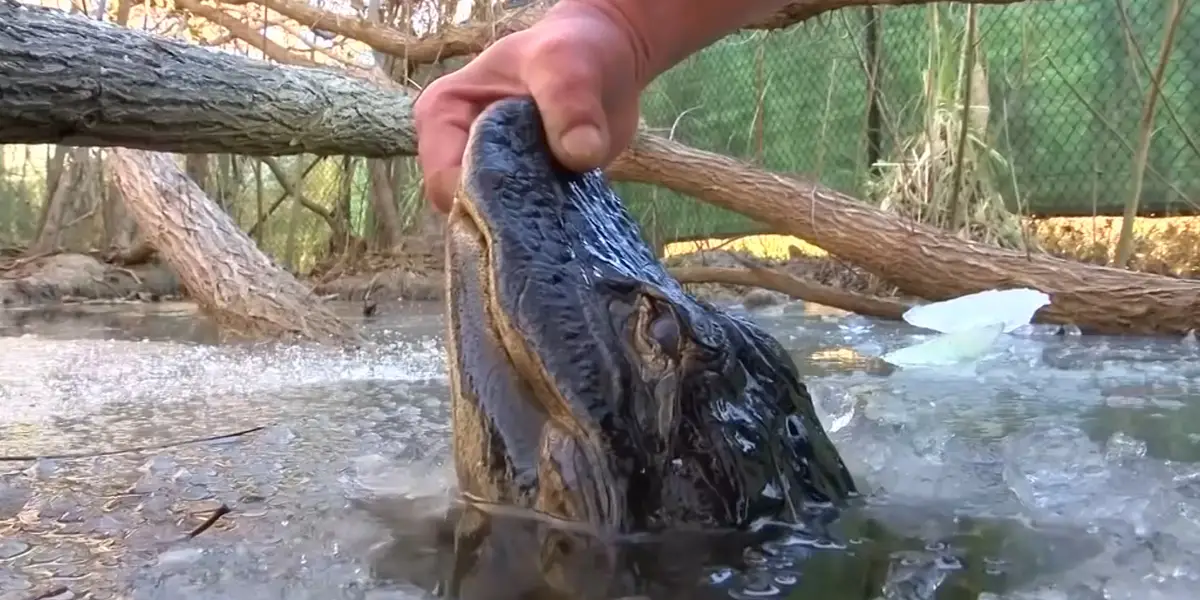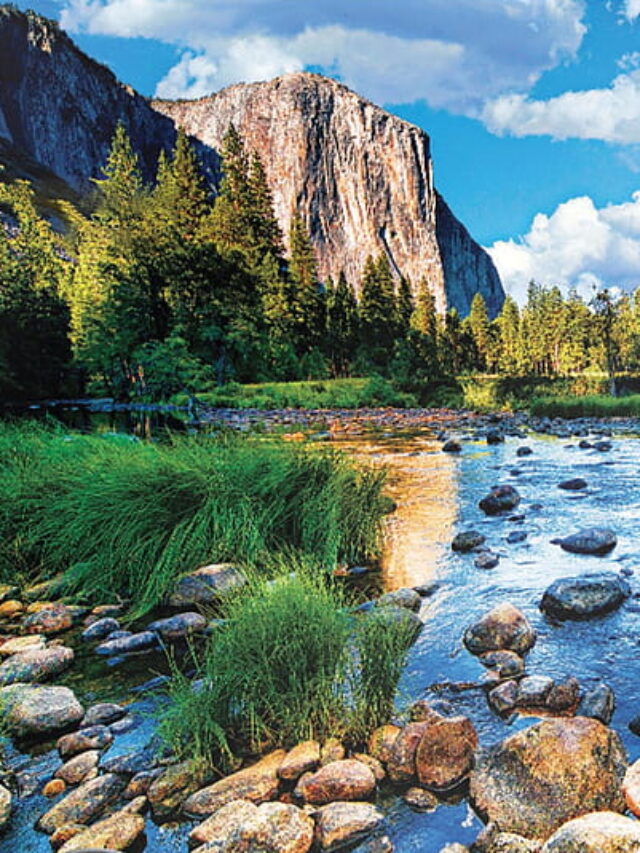
Introduction:Frozen alligators
In the southern reaches of North Carolina, a peculiar and chilling phenomenon has caught the attention of locals and wildlife enthusiasts alike—frozen alligators. This article embarks on a journey to unravel the mysteries surrounding these unusual sightings, delving into the environmental factors, alligator behavior, and community responses.
The Unusual Sightings-Frozen alligators
Frozen alligators have become a rare but captivating sight in certain regions of North Carolina. Reports of these icy encounters have surfaced sporadically, leaving residents and experts intrigued. Understanding the context and circumstances of these sightings adds a layer of fascination to North Carolina’s wildlife landscape.
Environmental Factors-Frozen alligators
The weather plays a pivotal role in the freezing of alligators. Unusually cold temperatures, combined with sudden drops in weather conditions, can lead to these cold-blooded reptiles succumbing to the icy grip of winter. Exploring the climatic patterns and their impact on alligators offers insights into this unique phenomenon.
Alligator Behavior in Cold Weather-Frozen alligators
Contrary to popular belief, alligators are not impervious to the cold. When temperatures plummet, these reptiles exhibit specific behaviors to cope with the adverse conditions. Understanding how alligators respond to freezing temperatures sheds light on their resilience and adaptability.
Local Reactions and Stories
Communities in North Carolina have shared anecdotes of their encounters with frozen alligators. From surprise to concern, residents have varied reactions to these unusual sightings. Hearing firsthand from those who have witnessed these frozen reptiles provides a human touch to the story.
Wildlife Conservation Efforts
As the frequency of frozen alligator sightings increases, concerns about the impact on alligator populations arise. Conservation efforts are essential to monitor and safeguard these reptiles. This section explores the initiatives in place to protect alligators while coexisting with the unique challenges posed by freezing temperatures.
The Science Behind Alligator Hibernation
Alligators, like many cold-blooded animals, enter a state of hibernation during colder months. Understanding the science behind alligator hibernation helps demystify the frozen alligator phenomenon. This section delves into the biological mechanisms that come into play during this period of dormancy.
Safety Measures and Precautions
Living in proximity to alligator habitats requires awareness and precautions. As freezing temperatures become a potential threat to alligators, residents and visitors need to adopt safety measures. This section provides guidelines for ensuring the well-being of both humans and alligators.
Notable Frozen Alligator Incidents
Certain incidents of frozen alligators have gained significant attention. From viral photos to local news coverage, these incidents have become part of North Carolina’s wildlife lore. Examining these notable occurrences adds depth to the exploration of this chilling phenomenon.
FAQs About Frozen Alligators in North Carolina
Q: Can alligators survive being frozen? A: Alligators can endure brief periods of freezing, but prolonged exposure can be fatal due to their cold-blooded nature.
Q: Why are frozen alligator sightings rare? A: Unusually cold temperatures are required to freeze alligators, and such extreme conditions occur infrequently in North Carolina.
Q: What should I do if I encounter a frozen alligator? A: Contact local wildlife authorities immediately and avoid any attempts to touch or move the frozen alligator.
Q: Are frozen alligators a threat to humans? A: Frozen alligators are generally not a threat, but caution and reporting are crucial to ensure public safety.
Q: How do alligators prepare for winter? A: Alligators enter a state of hibernation, slowing down their metabolism and conserving energy during colder months.
Q: Is the freezing of alligators a new phenomenon? A: While not entirely new, the frequency of frozen alligator sightings has increased, possibly due to changing climate patterns.
Alligator Habitats in North Carolina
Identifying areas where frozen alligators are more likely to be found provides valuable information for both researchers and the public. This section highlights the regions where alligators coexist with the possibility of encountering freezing temperatures.
Local Initiatives and Education Programs
Educating the public about living harmoniously with alligators is paramount. Local initiatives and educational programs aim to raise awareness about alligator behavior, the frozen alligator phenomenon, and the importance of conservation.
Unveiling Myths and Misconceptions
Separating fact from fiction is essential when discussing frozen alligators. This section addresses common myths and misconceptions surrounding these chilling encounters, ensuring a well-informed perspective.
Impact on Alligator Population
Examining the potential long-term effects of frozen alligator incidents on alligator populations contributes to ongoing conservation efforts. Understanding the broader implications aids in developing strategies for the protection of these remarkable reptiles.
Community Engagement and Reporting
Encouraging community engagement in reporting frozen alligator sightings fosters a collaborative approach to wildlife conservation. By actively involving residents in monitoring and documenting these incidents, researchers can gather valuable data for further study.
Conclusion:
The frozen alligator phenomenon in North Carolina adds a unique and intriguing chapter to the state’s wildlife narrative. As we explore the environmental factors, alligator behavior, and community responses, let us appreciate the delicate balance between nature and human coexistence. By understanding and respecting these frozen encounters, we contribute to the ongoing conservation efforts and ensure the longevity of North Carolina’s alligator populations.























